The all-new Range Rover 4 has been re-engineered to become more competitive as a genuine luxury car on-road as well as becoming more capable off-road. The new model is lighter, more frugal, more spacious and significantly more refined, according to Land Rover.
The company says the 2013 Range Rover 4 the world’s first SUV with an aluminium monocoque construction. Made up of 270 aluminium pressings, 14 castings, nine extrusions, ten steel pressings and magnesium castings, the structure is assembled by riveting and bonding. 3722 rivets are used along with 161m of adhesive.
The bodyside is pressed in one piece and said to be the ‘largest automotive panel in the world’. The use of high-strength AC300 T61 aluminium in the crash structure is also said to first automotive volume use. It is 180kg lighter than the steel shell of the previous model. The Range Rover’s bare shell is also 23kg lighter than a BMW 3-series shell and a remarkable 85kg lighter than that of the Audi Q5. Indeed, Land Rover claims it is only 12kg heavier than a bare Mini Countryman shell.
At a millimetre under 5m long, the new car benefits from much improved rear cabin space. The wheelbase is 40mm longer and the rear door aperture wider for easier access. Legroom is claimed to have increased by 118mm. It has been benchmarked against luxury cars such as the Bentley Flying Spur and Mercedes S-Class for ride quality and tyre and wind noise.
Under the skin, the new car gets a ‘5th generation’ air-suspension system. A clean-sheet design, its uses aluminium subframes and aluminium double-wishbones at the front and a multi-link design at the back. The subframes are hollow aluminium castings, weighing just 15kg and 14kg and the subframe mounting points are machined with an accuracy of 1/1000mm. A new air-compressor increases performance allowing better control of the pressure in the air springs.
The stiffness of the body attachment points is said to be 30 percent greater than on the old car, which should greatly improve the ability to finesse the ride and handling. The lower wishbones have ribs moulded on the lower surface which will show evidence of serious rock-strikes.
Off-road, ground clearance has been improved by 18mm, to 296mm front, 310mm rear and the 597mm of wheel travel easily bests the Mercedes GL’s 480mm. The car’s wading depth has increased by 200mm to 900mm, with the car now ‘breathing’ via gap between bonnet and wing. The new-generation Terrain Response 2 system now includes an ‘auto’ setting, which analyses the terrain and can switch automatically between the five off-road settings.

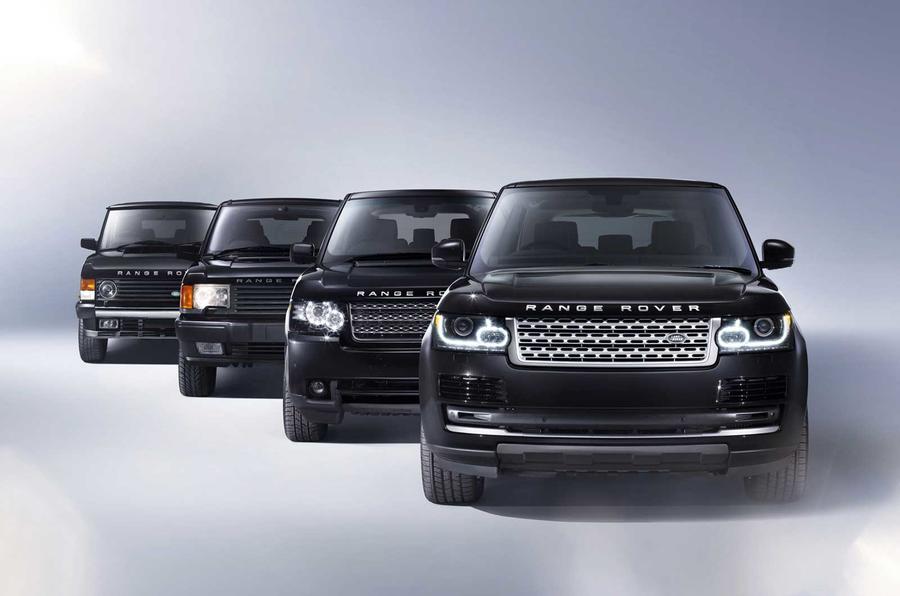



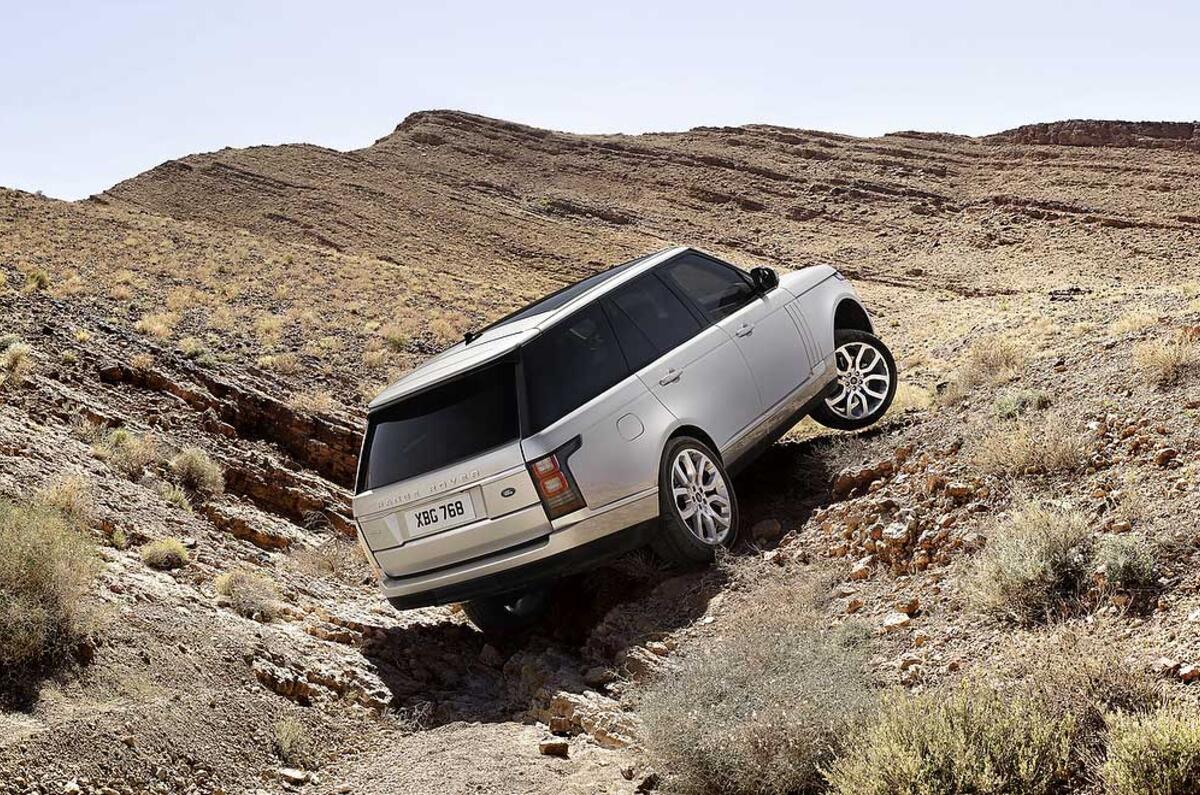





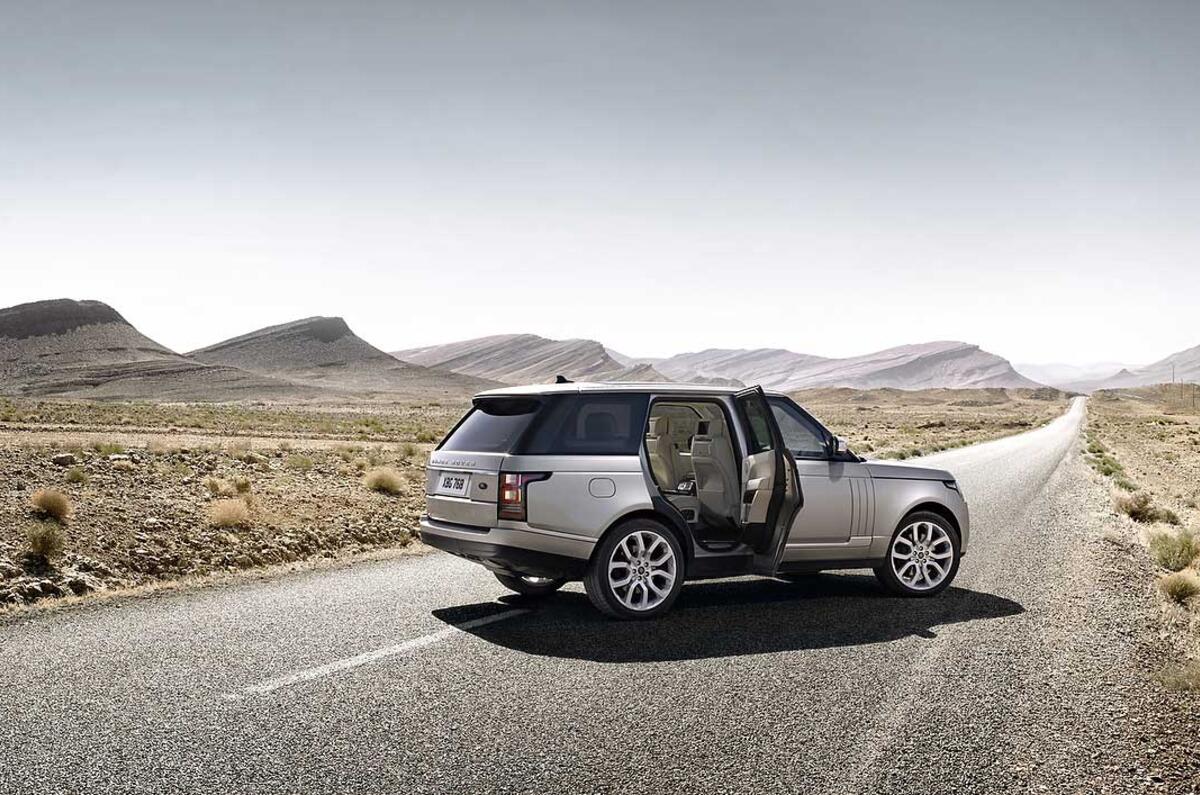














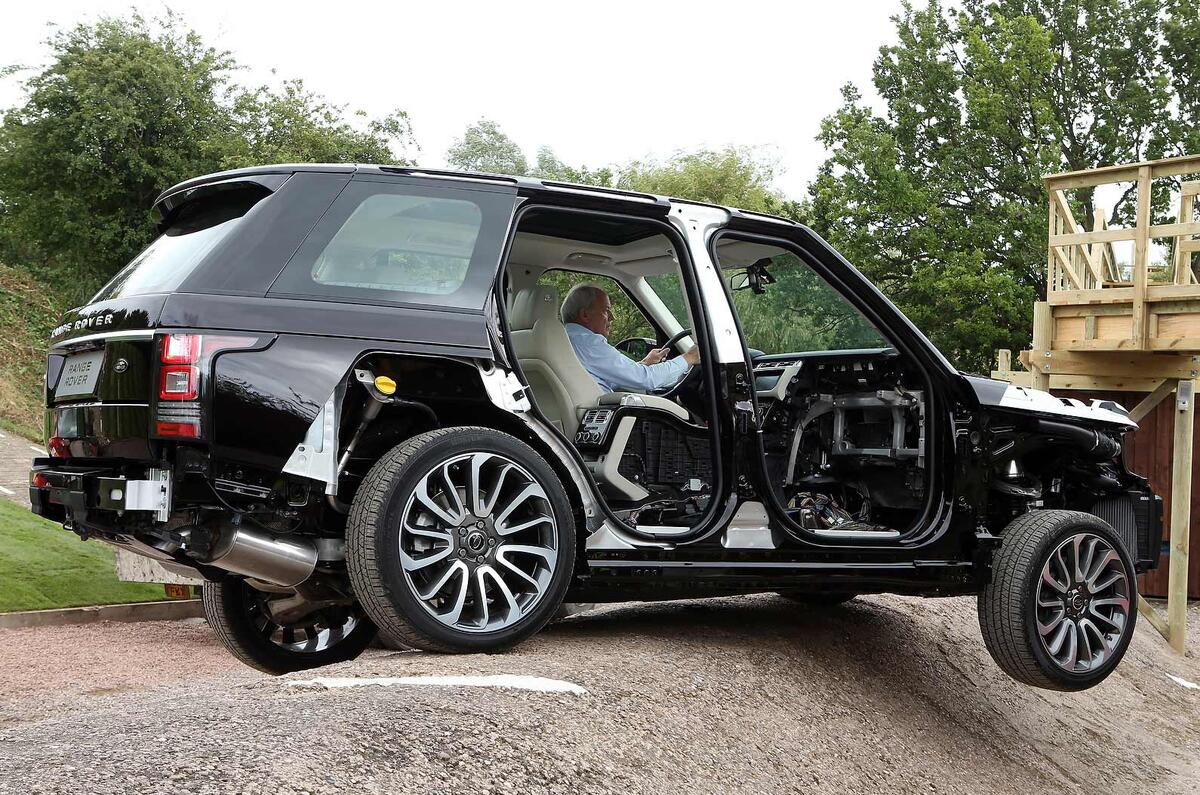
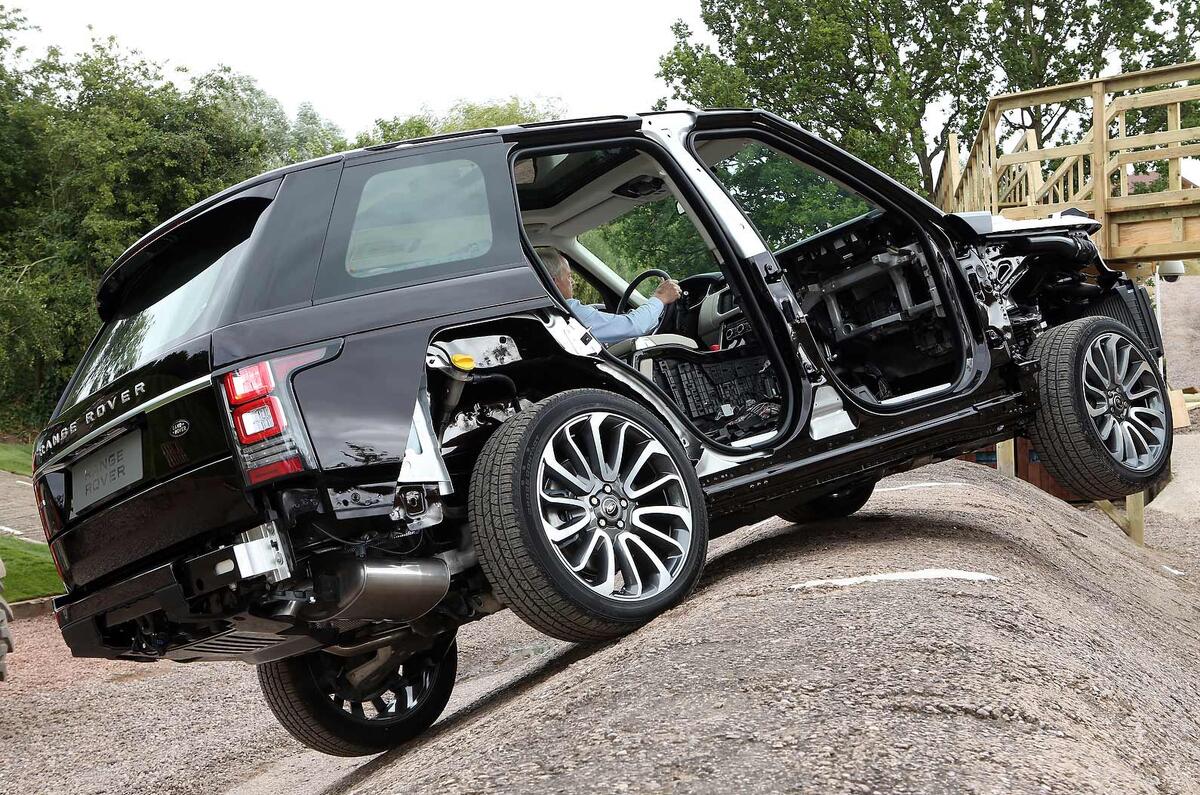

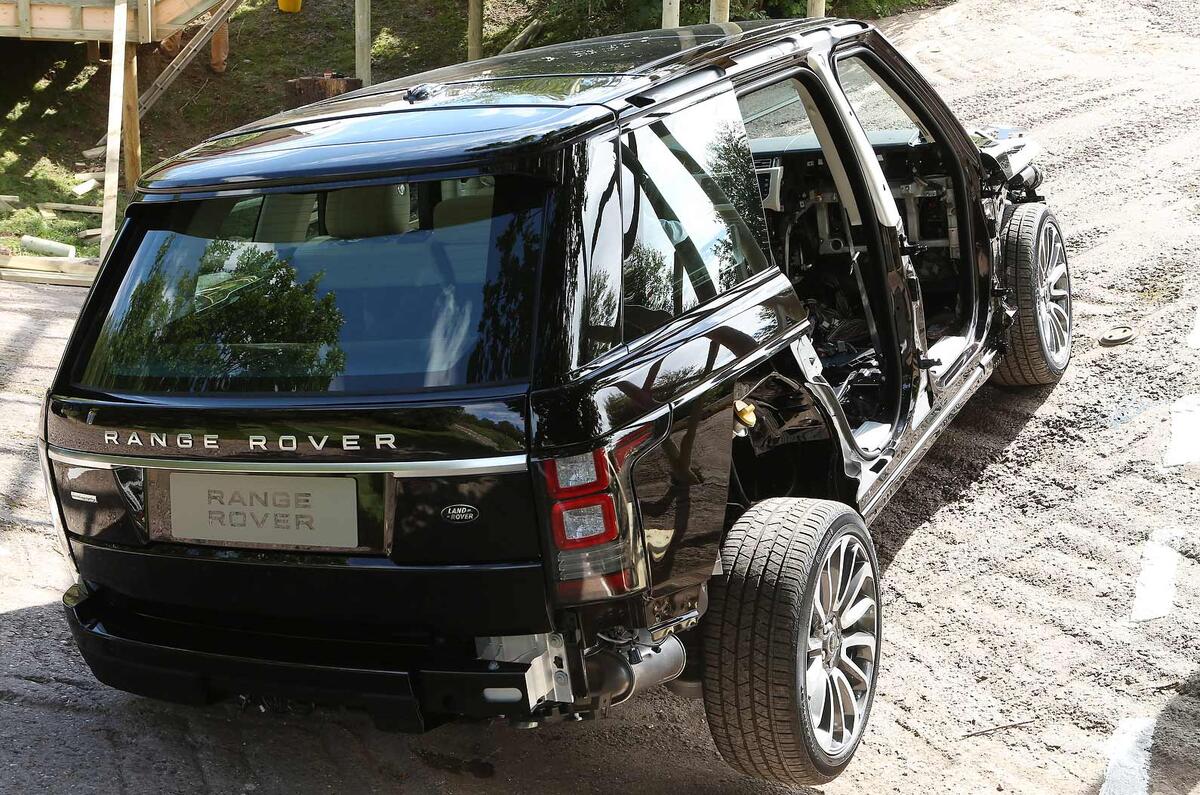
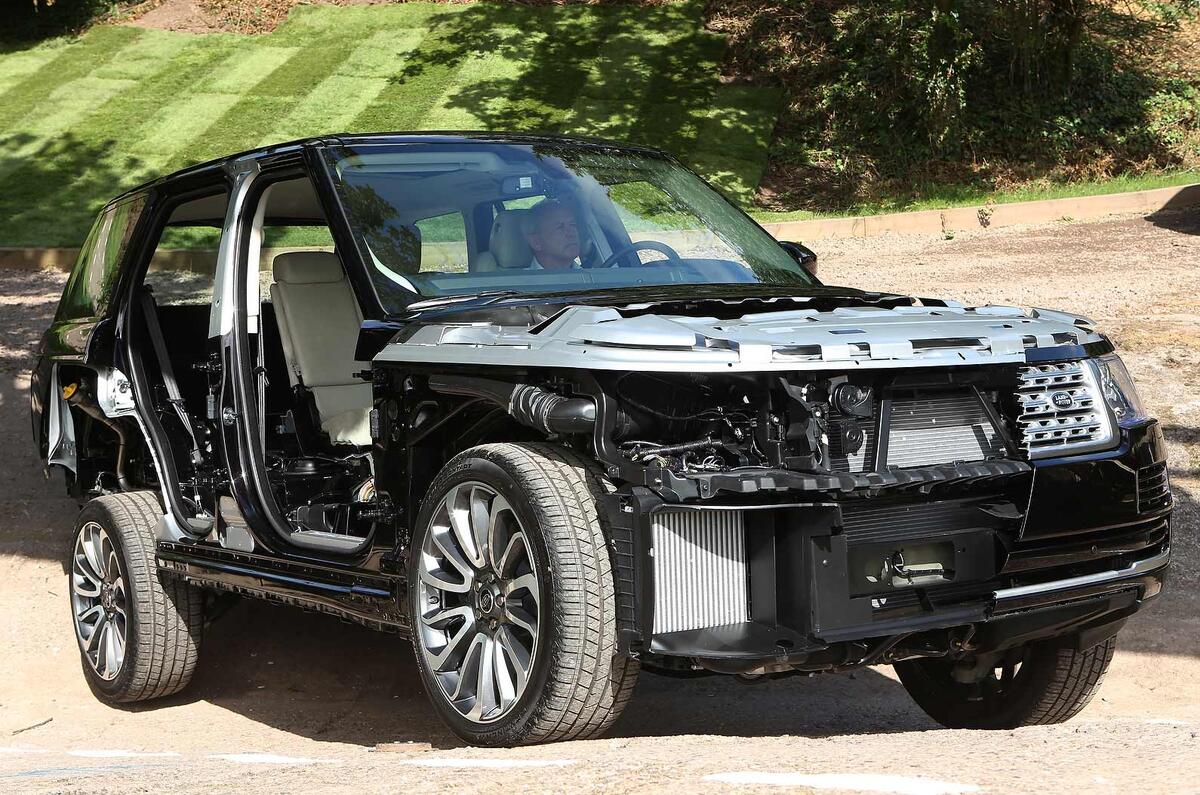



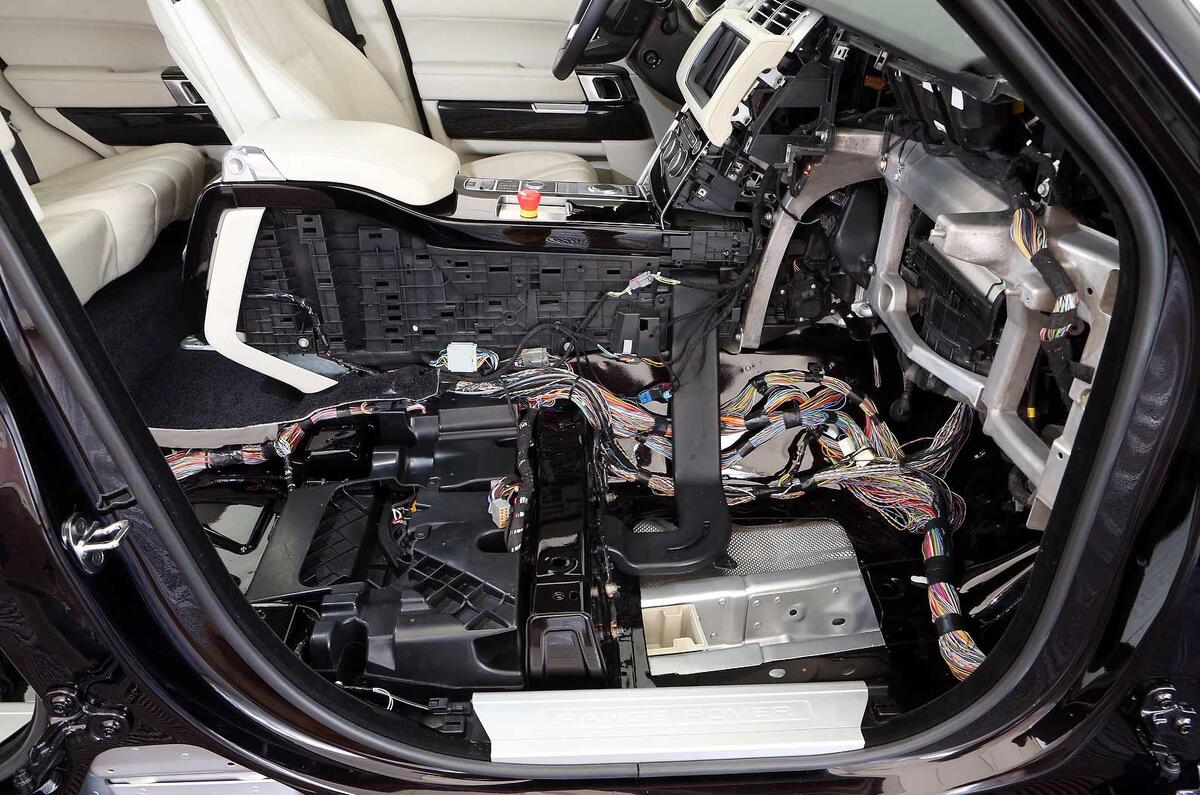
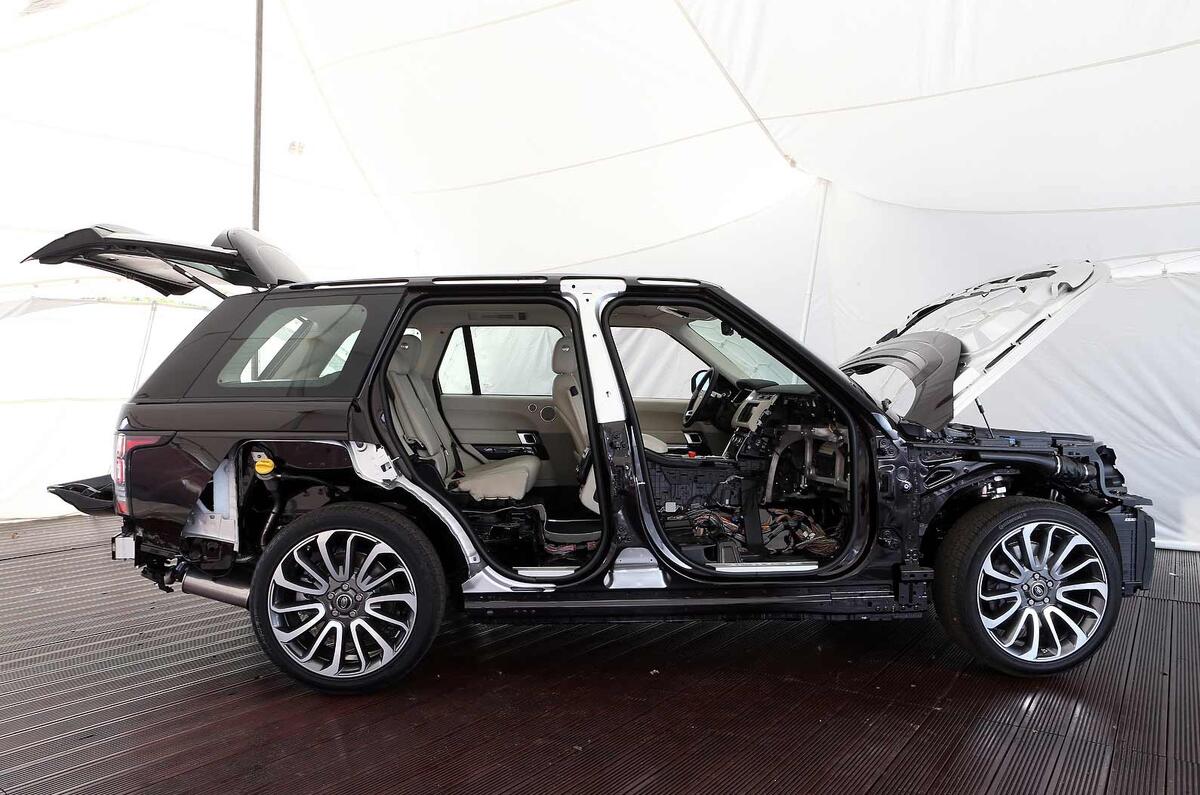
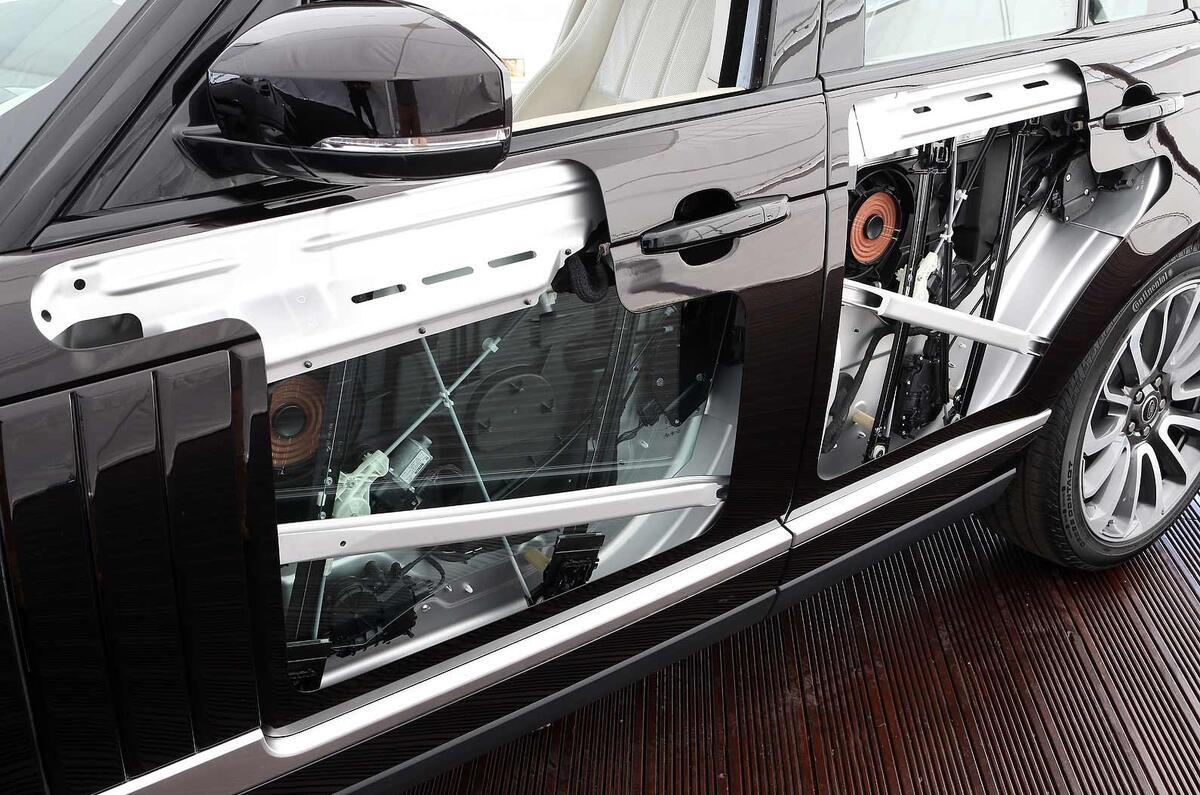
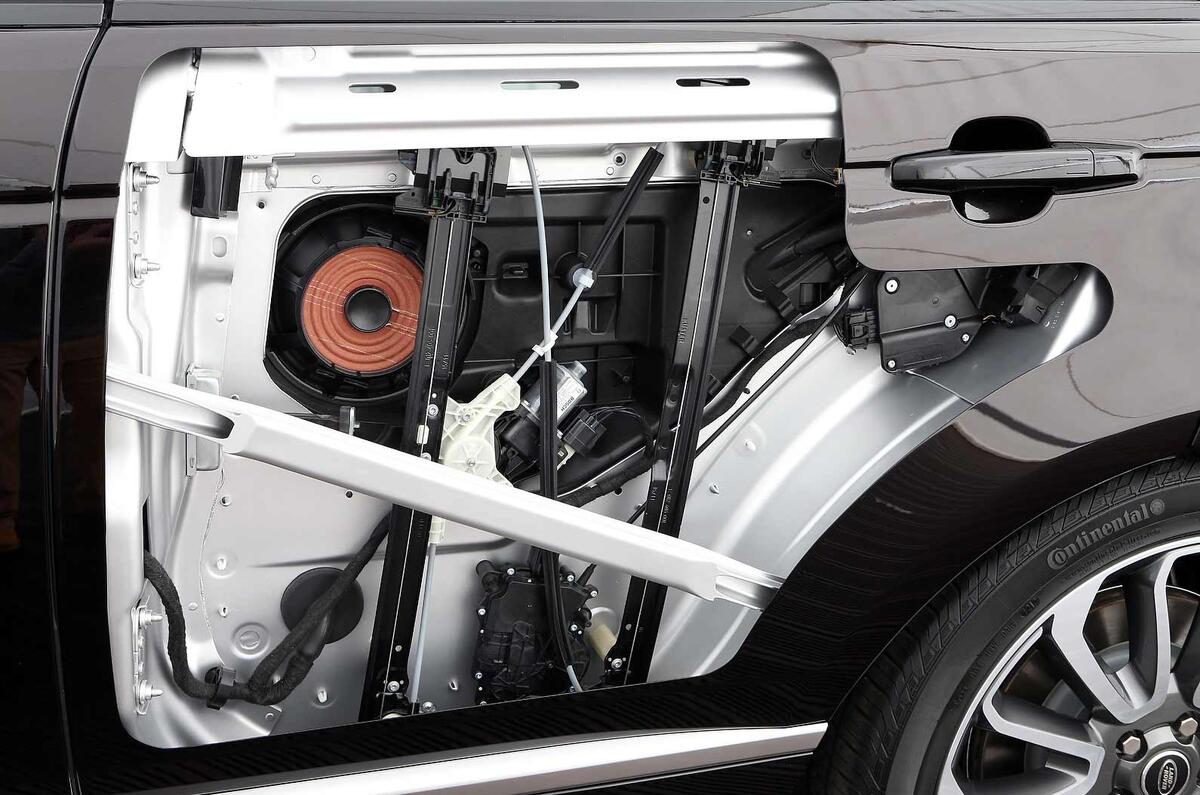

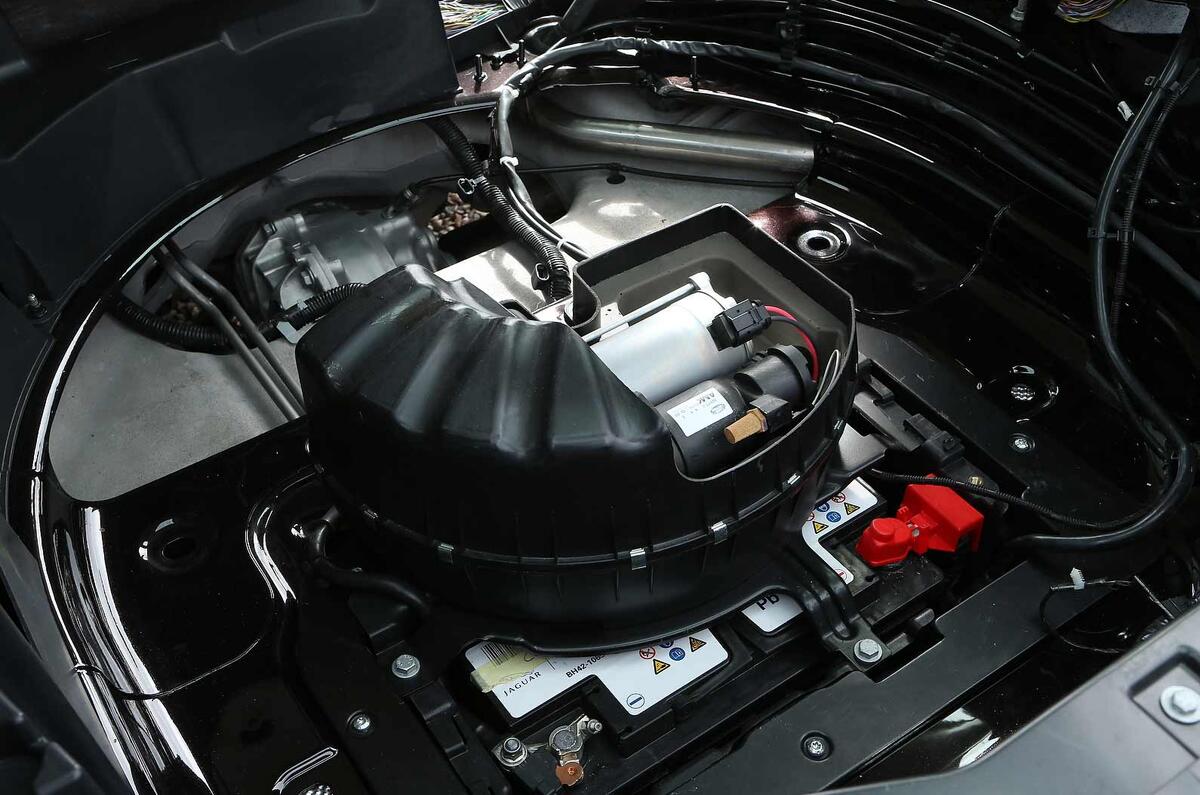
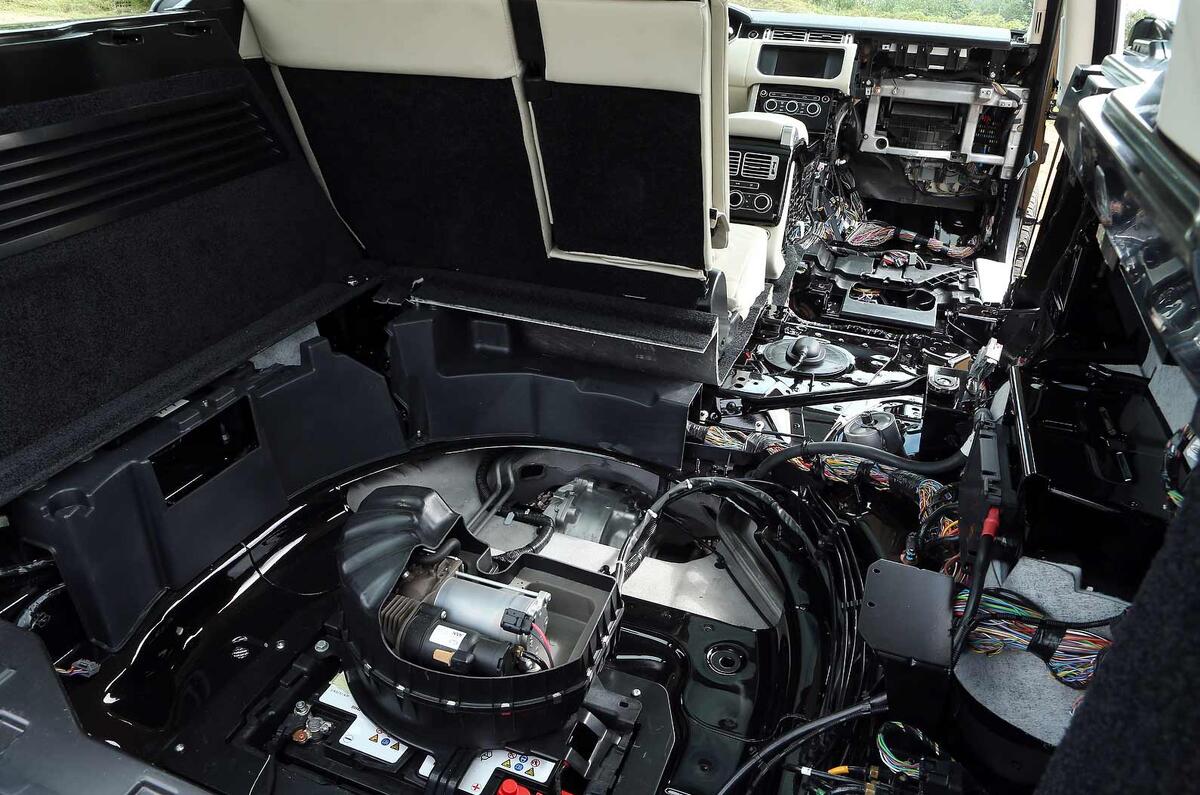
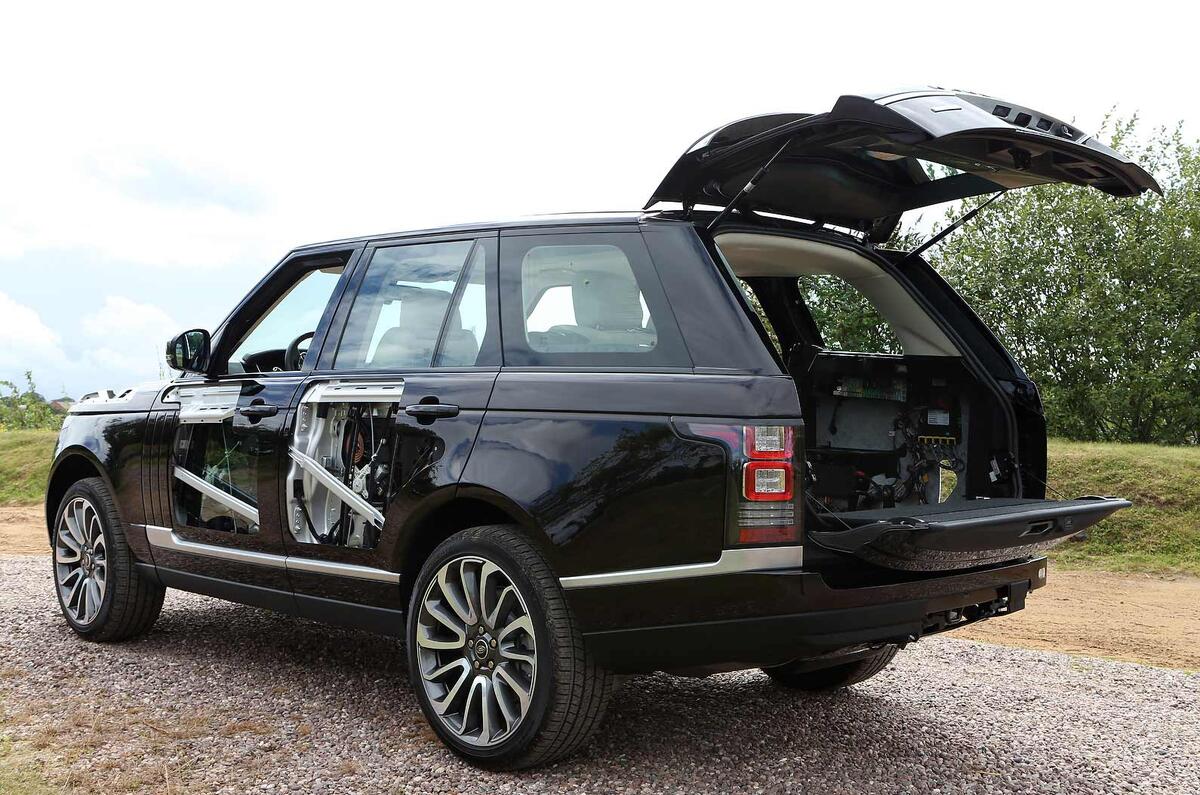
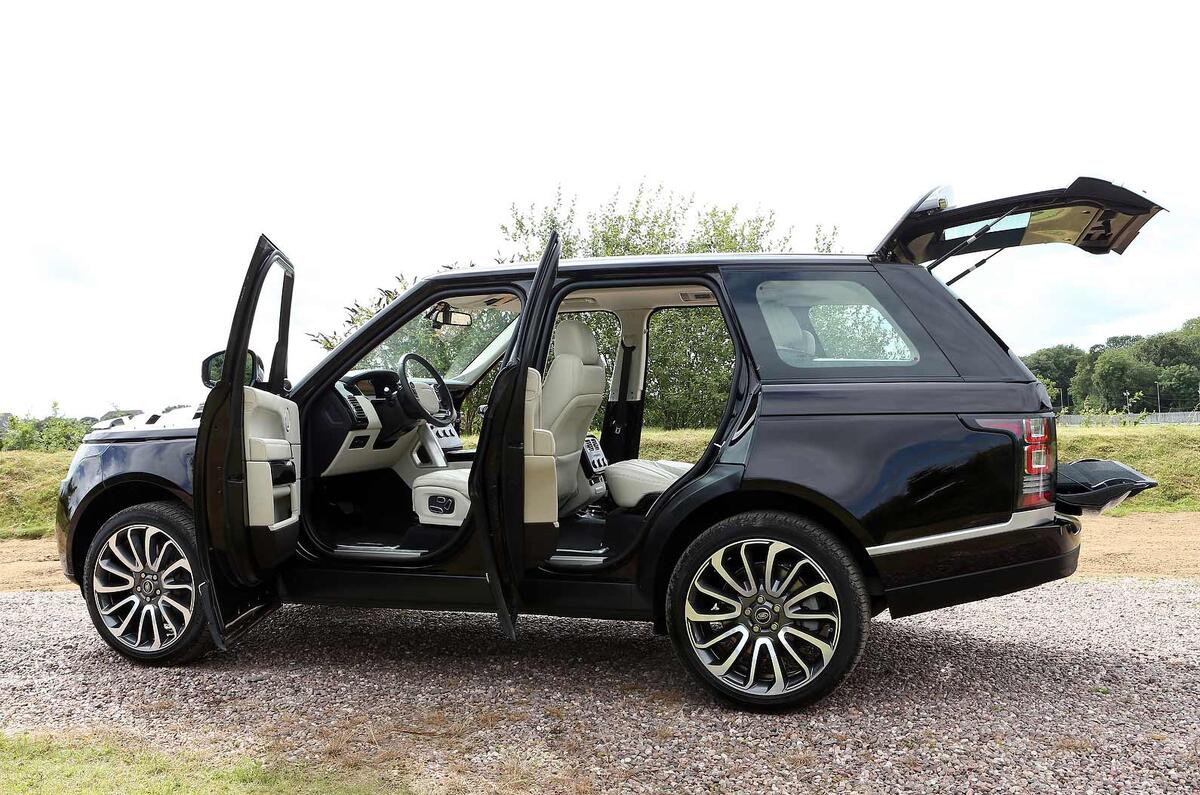
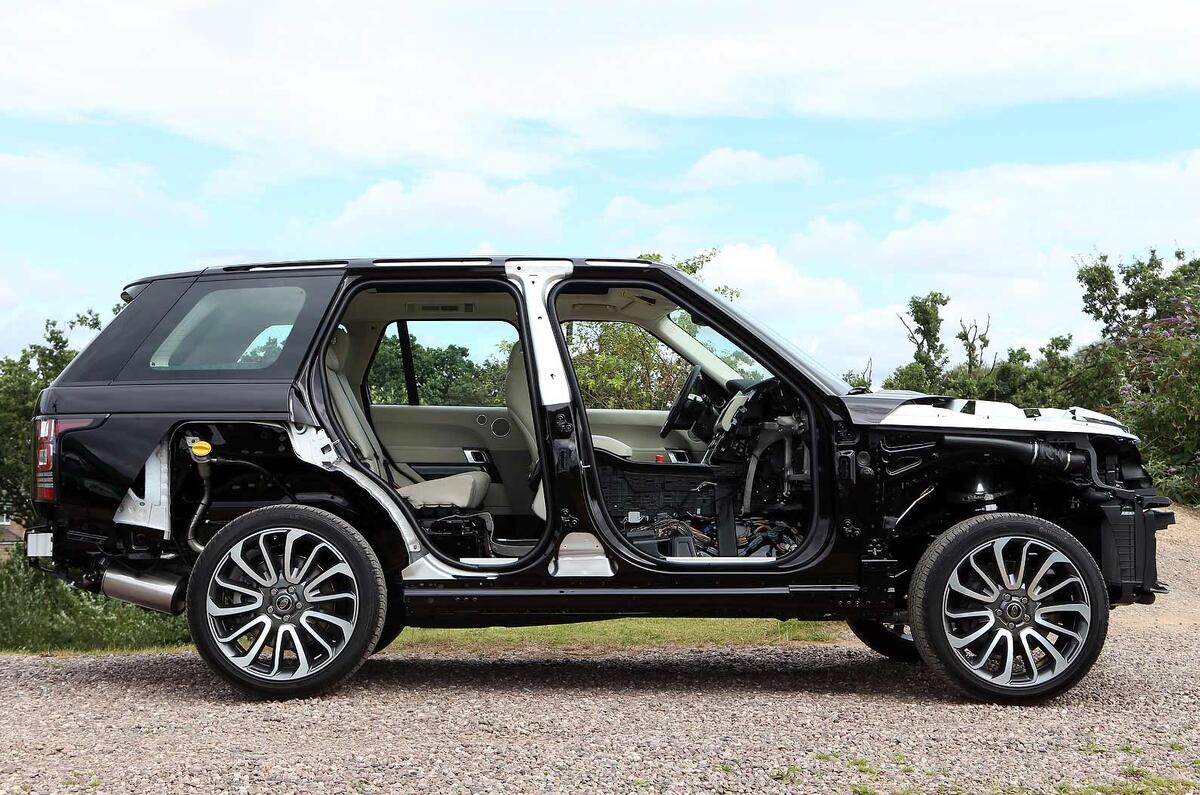

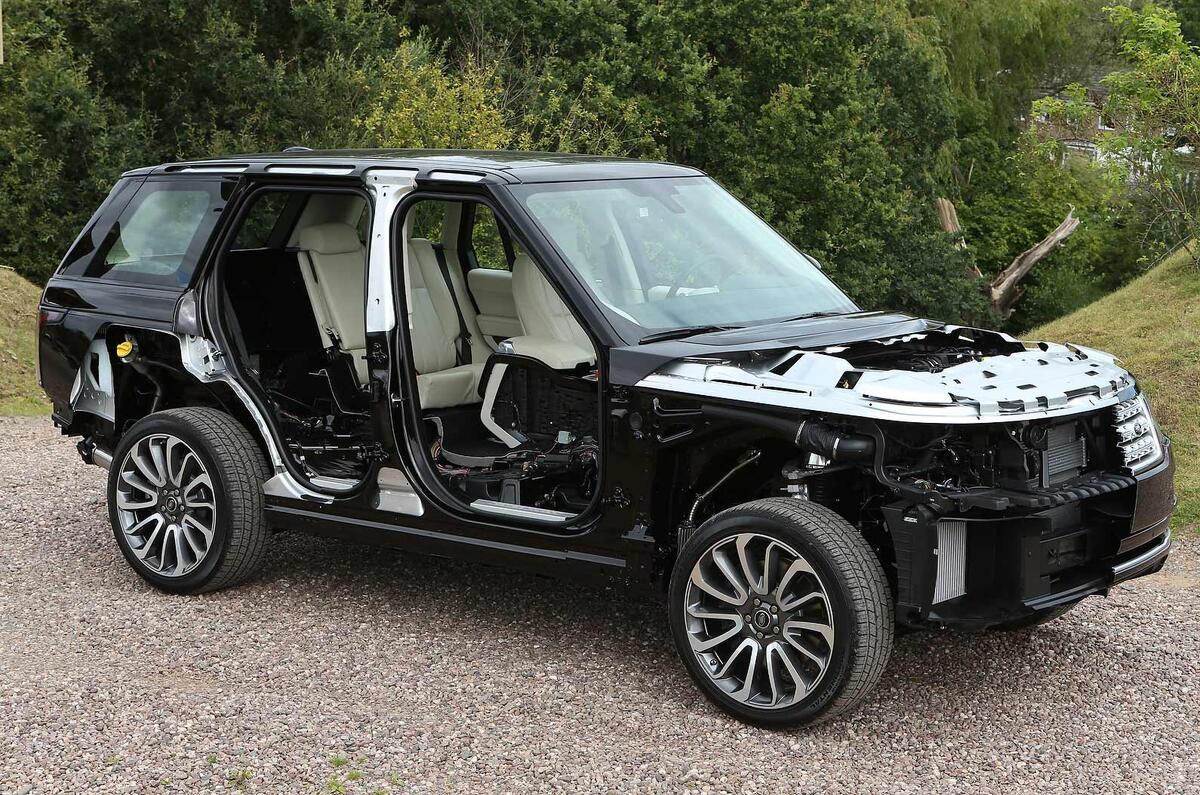

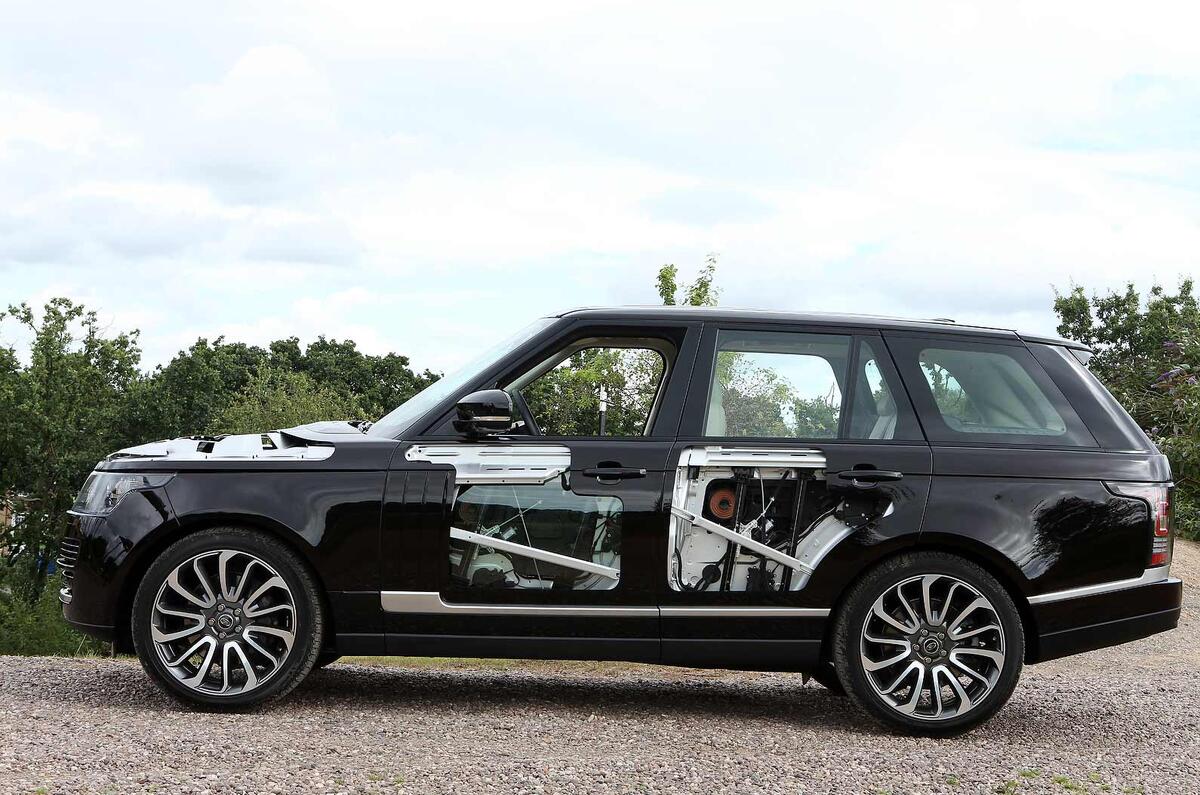
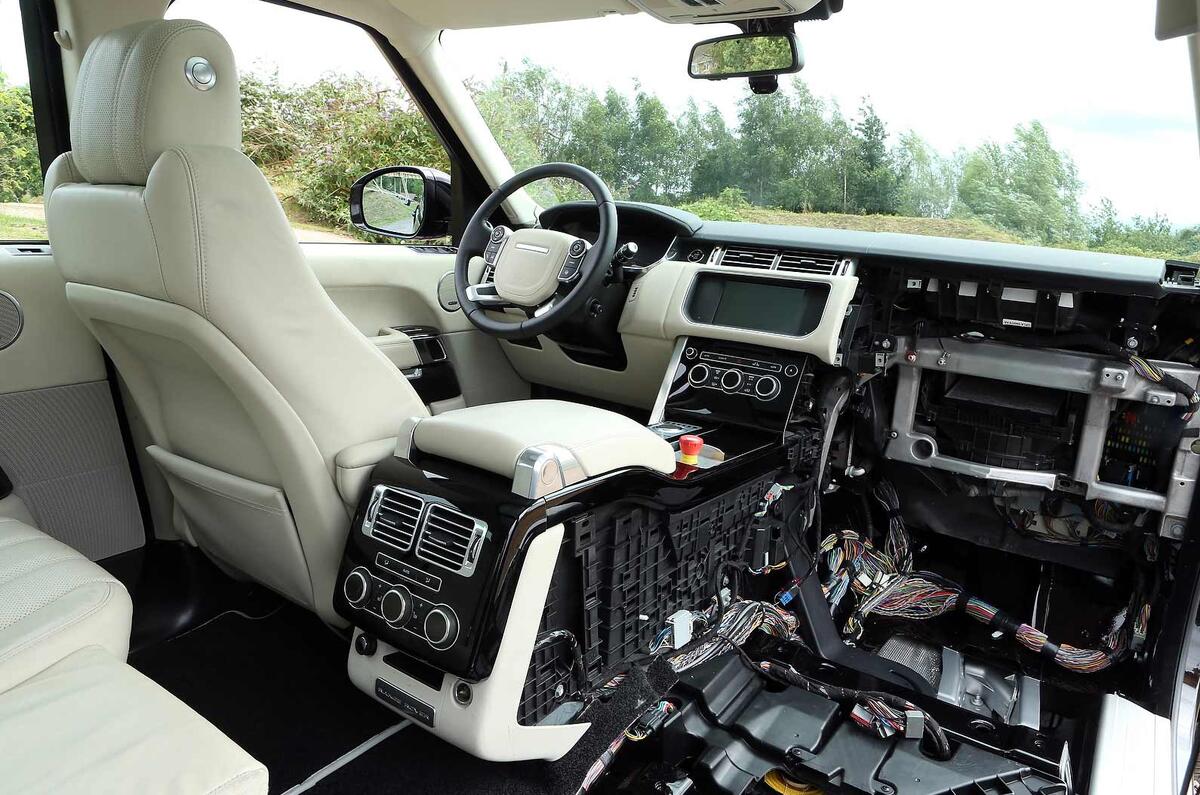



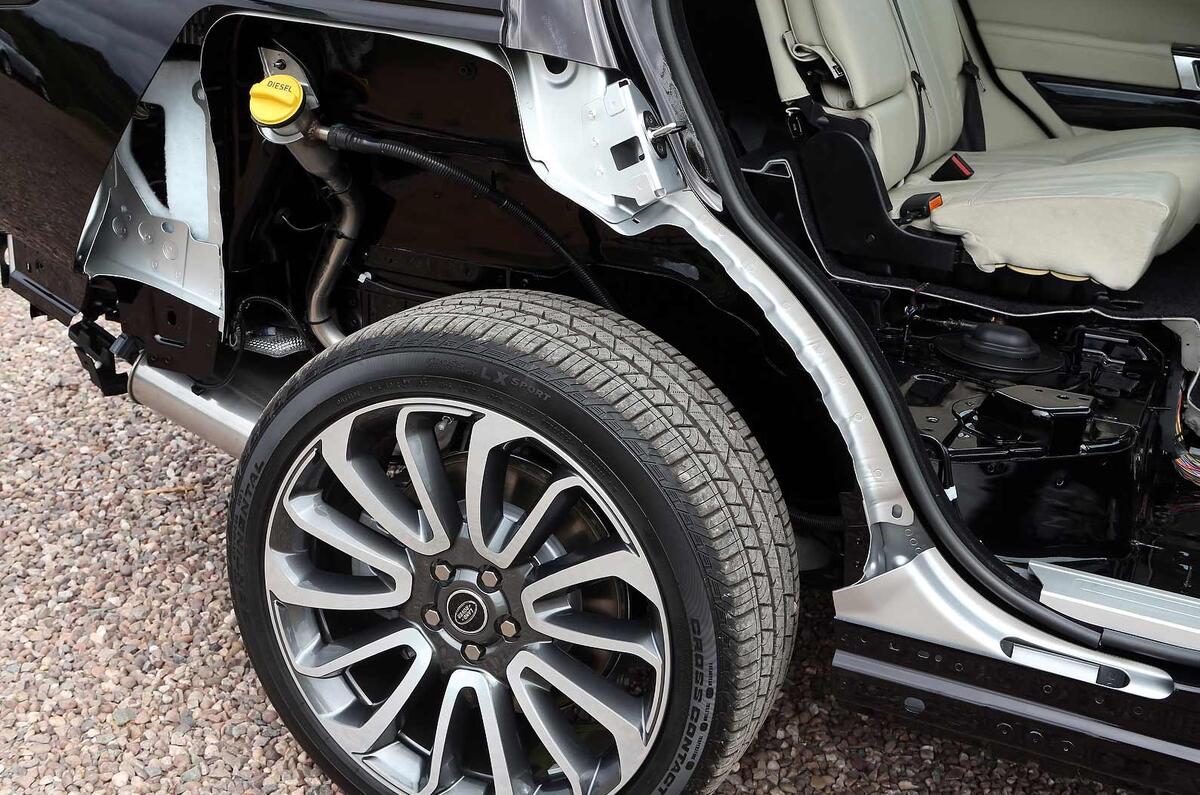
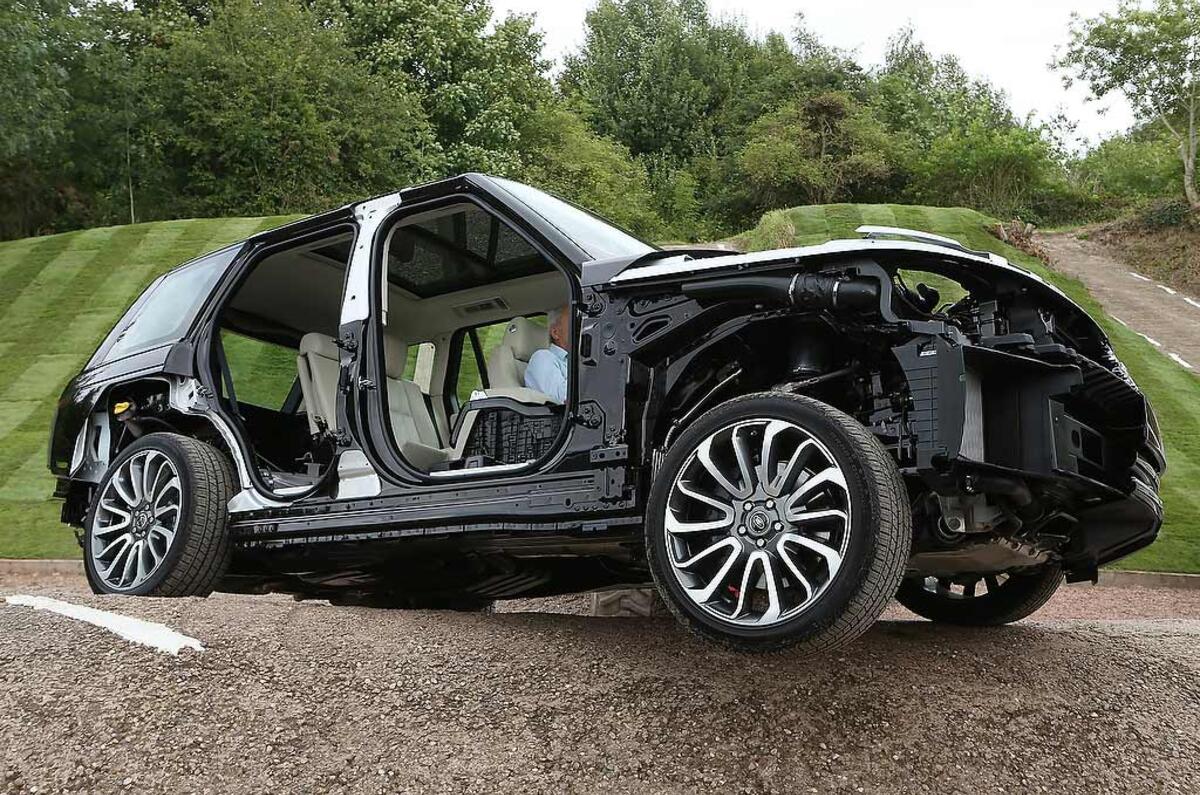




























































































Join the debate
Add your comment
Still way to heavy despite
Still way to heavy despite the use of the Aluminium, it's about time the EU put a cap on what a passenger car can weigh and placed a maximum cc size for engines.
the king of SUVs
problem porsche?
Land Rover's Design Director has been lauded in some quarters...
.... for delivering a successful upgrade on the Mk 4. However thoughtful observers are increasingly pointing out that the Mk 3 is/was absolutely the more accomplished overall, and detailed, design. Indeed a colleague of mine is cock-a- hoop at having last week picked up his new Mk3, having seen and rejected the Mk4. He is in no doubt as to the Mk 3's perfectly executed, restrained, design.
Seems to me that Land Rover should have undertaken all the marvellous technical improvements, including reducing the rear overhang, and held back on the superficial "styling". That would still have allowed the price hikes Land Rover increasing demand, though without the fripperies of invidious consumption.